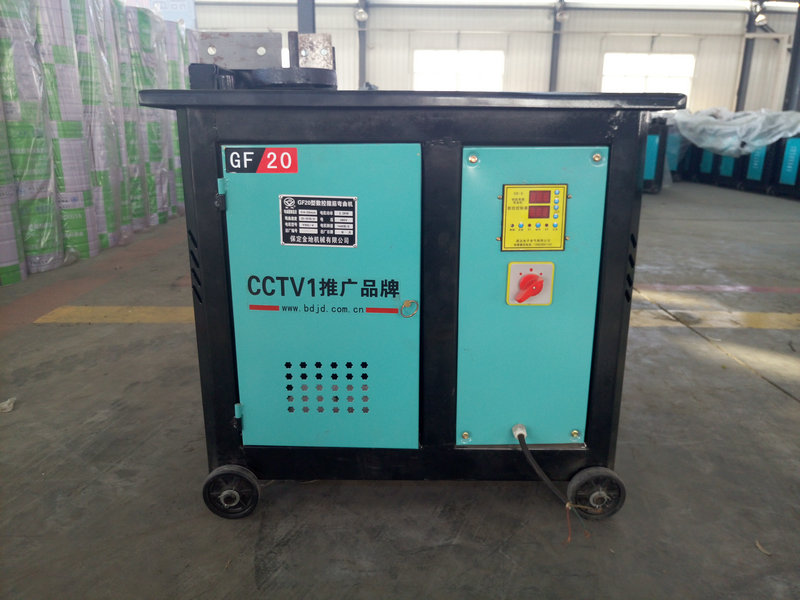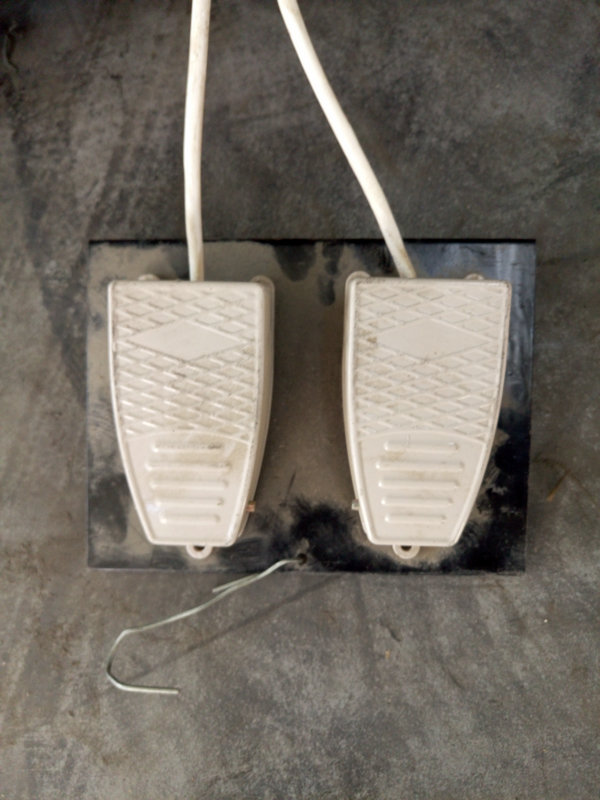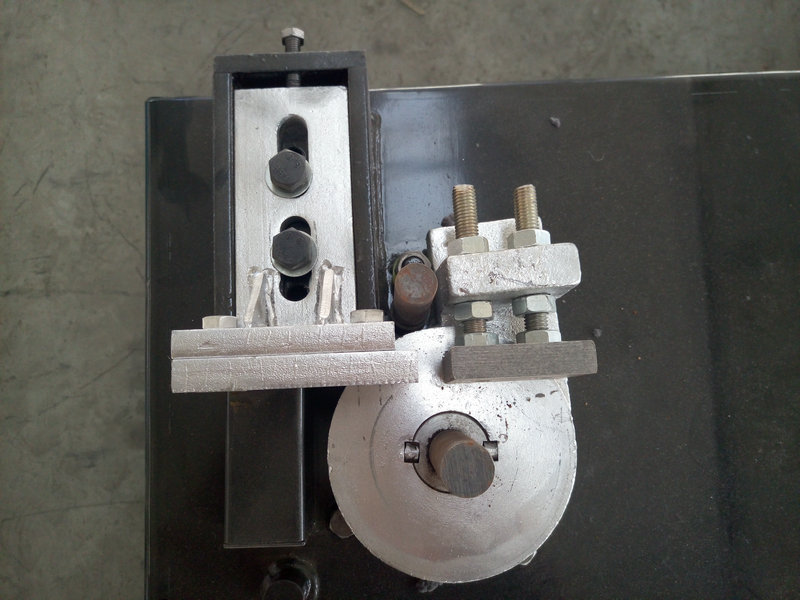The growth period of pumpkin is different, and the absorption of nutrients is also different. Pumpkin Seedling Growth of very small, small amount of fertilizer needed, into the enlargement of fruit on a sharp increase in absorption of nitrogen, potassium and nitrogen absorption law consistent. The amount of phosphorus absorbed is less increased. Miyazaki, Japan Agricultural Experimental Study data, pumpkin seedlings pulled from planting to 137 days, 1/3 of the time for absorption of nitrogen, phosphorus, potassium, calcium, magnesium increases slowly, the rapid growth in the middle third of the time In the last 1/3 of the time, the growth was most significant. The absorption of nutrients by pumpkin during the whole growth period is highest in potassium and nitrogen, followed by calcium, magnesium and phosphorus. For the production of 4,308 kg of pumpkin per 667 square meters , it is necessary to absorb 20.5 kg of nitrogen , 6.9 kg of phosphorus pentoxide and 25.1 kg of potassium oxide . Fertilization specific requirements are as follows.
   1 base fertilizer. Mainly organic fertilizer, combined with nitrogen, phosphorus, potassium compound fertilizer. There are other common basal manure, compost or manure, a larger amount, the total amount of fertilizer is generally 1 / 3-1 / 2, 667 square meters per 3000-4000 kg organic fertilizer. Phosphorus and potassium fertilizers are used as base fertilizers, and they are mixed with organic fertilizers and applied to the soil layer. In the case of insufficient organic fertilizer , 15-20 kg of nitrogen, phosphorus and potassium compound fertilizers are applied per 667 square meters . The base fertilizer has two methods of application and concentrated application. When the applicator is generally carried out in conjunction with deep, evenly spread after manure or fertilizer, with a sliding plow spiro harrow repeated 2 times to uniformly mixed with the soil fertilizer. When there is less fertilizer, it is generally applied in a ditching concentrated strip to apply the fertilizer in the sowing line.
   2 topdressing. Topdressing is mainly based on quick-acting nitrogen fertilizer, combined with application of phosphate fertilizer and potassium fertilizer. The amount of topdressing generally accounts for 1/2-2/3 of the total fertilization amount . When topdressing depends on the amount of nitrogen, phosphorus and potassium required for different growth stages of pumpkin And in batches. In the seedling stage, the topdressing is mainly based on nitrogen fertilizer, and the purpose is to promote the emergence of seedlings. Generally, 5-8 kg of urea is applied per 667 square meters . In the result period, it is not only necessary to supply sufficient nitrogen fertilizer, but also timely supplementation of phosphorus and potassium fertilizer. To ensure that the fruit is fully expanded. Generally, after fruit setting, 10-15 kg of urea is applied per 667 square meters , and 5-10 kg of potassium sulfate is applied , and a total of 1-2 times are applied. Pay attention to the position when topdressing, and the top dressing should be close to the seedling stage. When the plant is applied at the base, the result of the top dressing should be gradually moved to the sides of the sputum, and the application is generally carried out. On calcareous soil, nitrogen fertilizer should follow the principle of fertilization for deep application of soil, especially ammonium bicarbonate. It must be applied more than 6 cm deep to avoid fertilizer volatilization and reduce fertilizer efficiency. For chemically stable nitrogen fertilizers such as ammonium sulfate and urea, it is possible to use topdressing combined with irrigation to carry out top dressing. In the middle and late stages of pumpkin growth, the ability of roots to absorb nutrients is weakened. In order to ensure the growth and development of pumpkins, root dressing can be used to supplement nutrients. Available fertilizer spraying 0.2% 0.3% urea, 0.5% - 1% of the fertilizer chlorine, 0.2% - 0.3% potassium dihydrogen phosphate, spraying generally once every 7-10 days, several fertilizer can be alternately administered , even spray 2-3 times. Total 1 | <First <Prev 1 Next> Last> |
share to:
Rebar Stirrup Bending Machine
GF20/ Automatic Rebar Stirrup Bending Machine can bend round steel bar with diameter to various geometrics shape as required by construction.
Main Features Of Rebar stirrup bending machine
1. Convenient use: perfect safety performance, standard angle, fast speed, light and
handy.
2. Easy Operation: one man can operate it once switch on the power.
3. Convenient of range adjustment: for GF20 model, just need to shift induced magnet.
for GF20 CNC and GF25CNC model, just need to press the button on operation panel
4. We adopt two foot pedals: 90°and 135°, angle adjustment freely.
5. Fast Speed: rotate speed is 20-25 times/min (GF20), 25-30 times/min(GF25).




Non-Cnc Rebar Bending Machine
Non-Cnc Rebar Bending Machine,Easy Operation Rebar Bending Machine,Plain Rebar Stirrup Bending Machine,New Non-Cnc Rebar Bending Machine
BAODING JINDI MACHINERY CO., LTD , http://www.rebarconnector.com